The clouds in the sky sometimes take strange aspects: here are 10 types of formations quite amazing
♪ clouds is formed from fine water particles, either in the liquid state (rains), or in the solid state (ice or snow). They are suspended in the atmosphere but are not all at the same height.
There are three large families of clouds: the cirrus are very fine, a little like the hair loops. The cumulus has the peculiarity of forming in clusters and can reach several kilometers of thickness. Finally, the stratus are at very low altitudes and form the fog when they are near the ground.
But this ranking is not just about that: each family has variants with more or less strange aspects. We gathered in this article, 10 types of clouds that make the sky spectacular as those UFOs floating above Cape Town .
1. Lenticular clouds
Lenticular clouds form mostly at altitude, due to the wind at the top of the mountains. So we find them mostly on mountains. They are sometimes taken for UFOs as they can be flat and rounded to the image of the ships or wings of the aircraft.
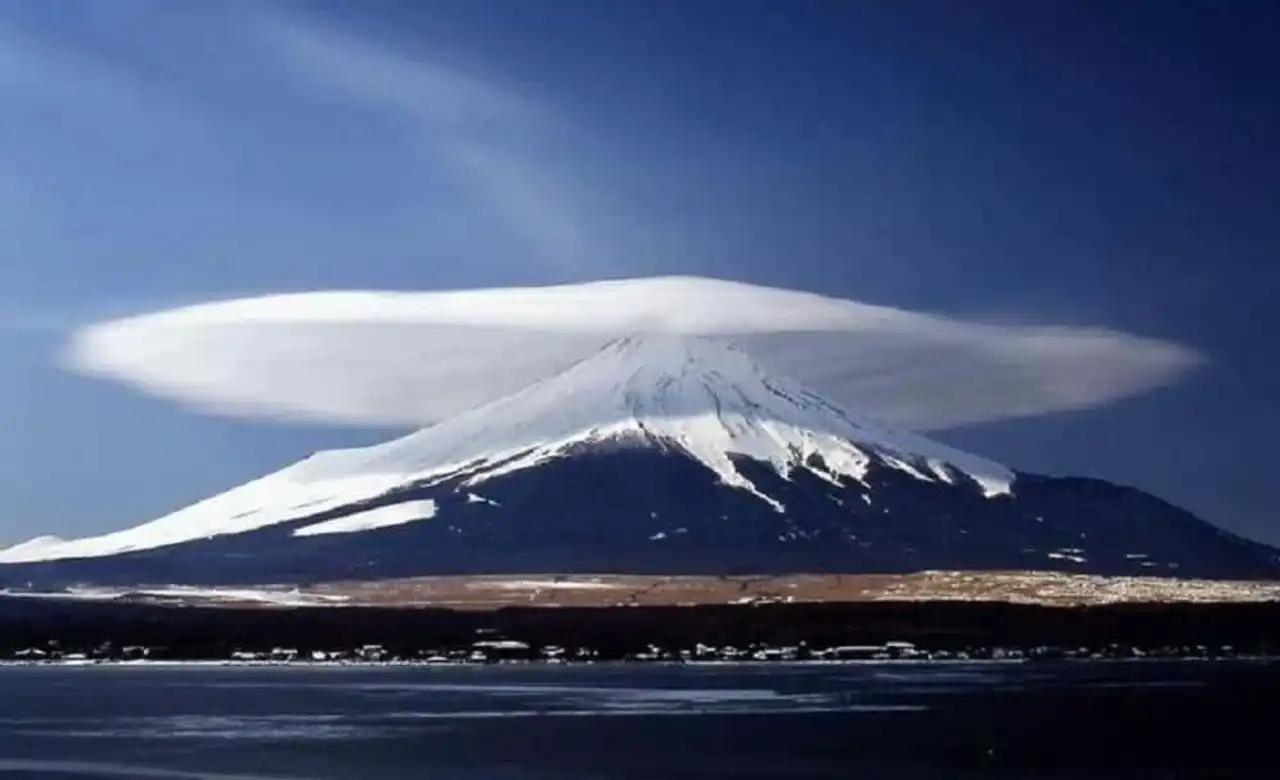
Photo credit: Wikimedia – U.S. Fish and Wildlife Service
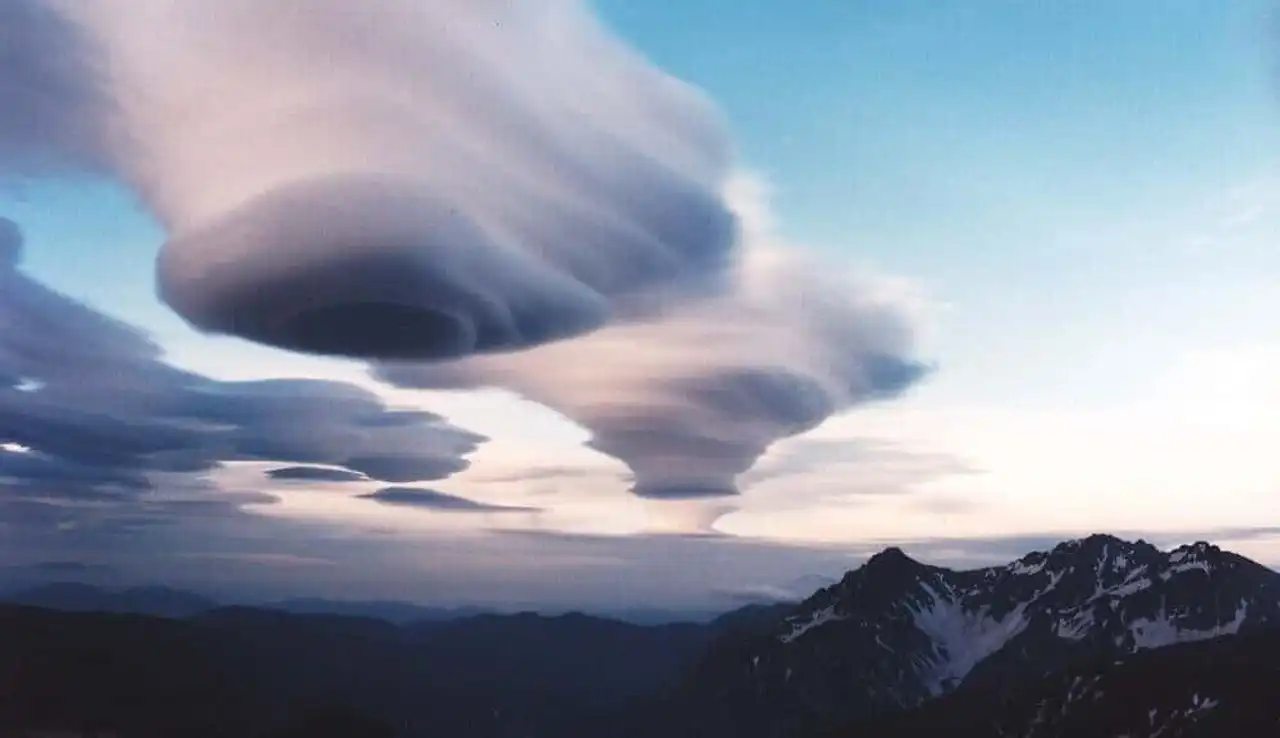
Lenticular clouds on Mount Hotaka / Photo credit: Wikimedia – Alpsdake
2. Cloudy funnel (or tuba)
Cloudy funnel is formed by the condensation of water vapour in a rotating column of air. Its reverse cone shape is very impressive and can be dreadful. Indeed, when a cloudy funnel touches the ground, one speaks of tornado (or marine tornado when it joins the water).
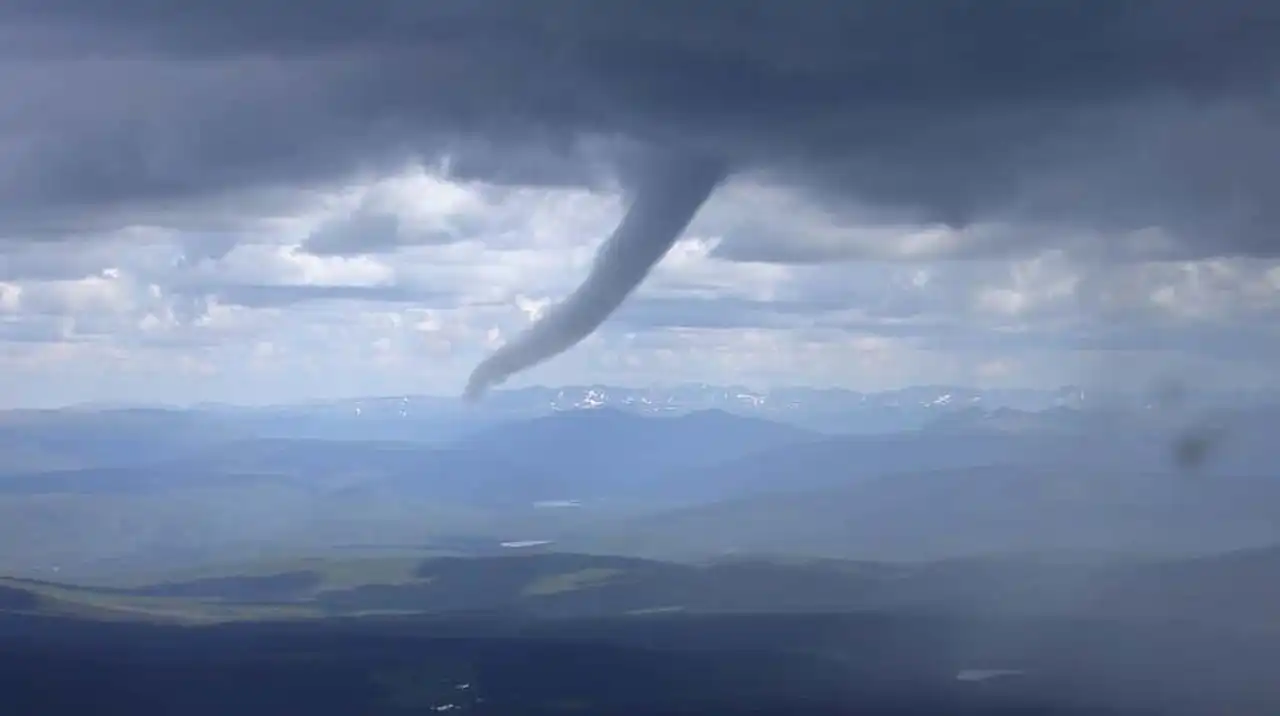
Photo credit: Flickr – sourtoe
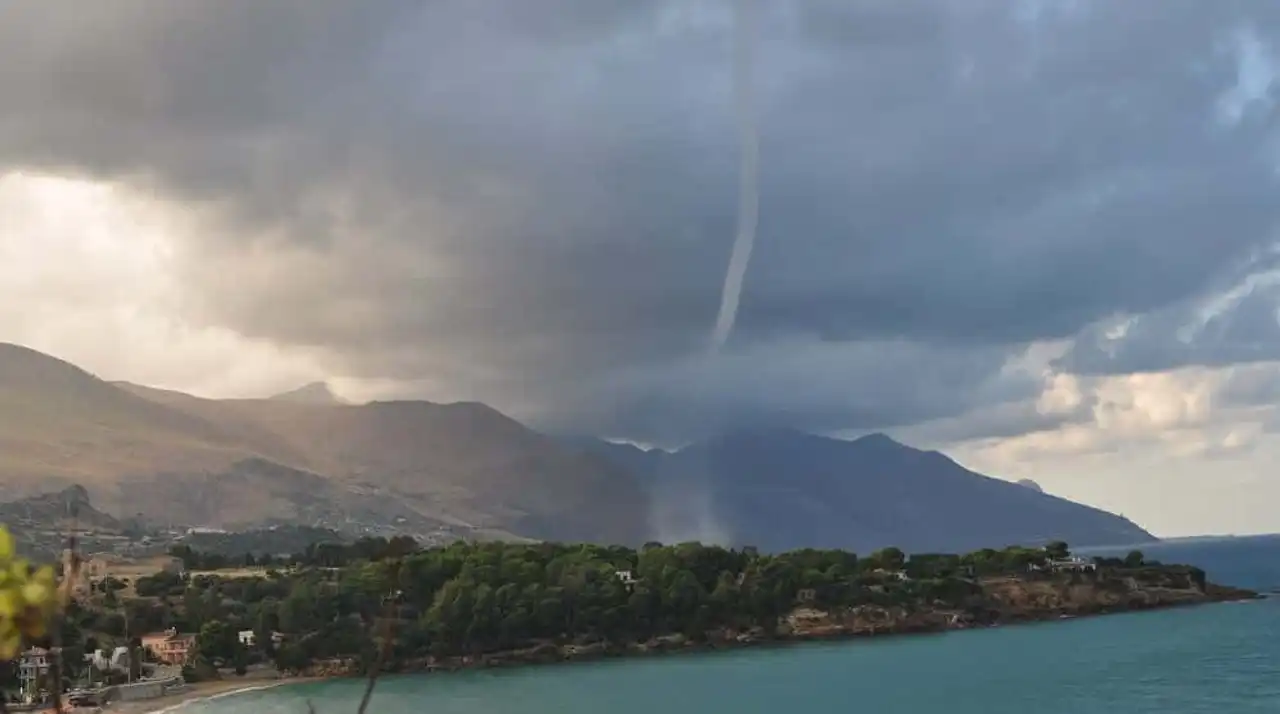
Photo credit: Flickr – Frédérique Voisin-Demery
3. The cumulonimbus
Cumulonimbus is a cloud that everyone has ever seen. It is often associated with severe weather events such as heavy showers, lightning, or hail. They take forms of anvil and are very large. If you don’t like the rain, it’s up to these imposing clouds that you’ll have to want!
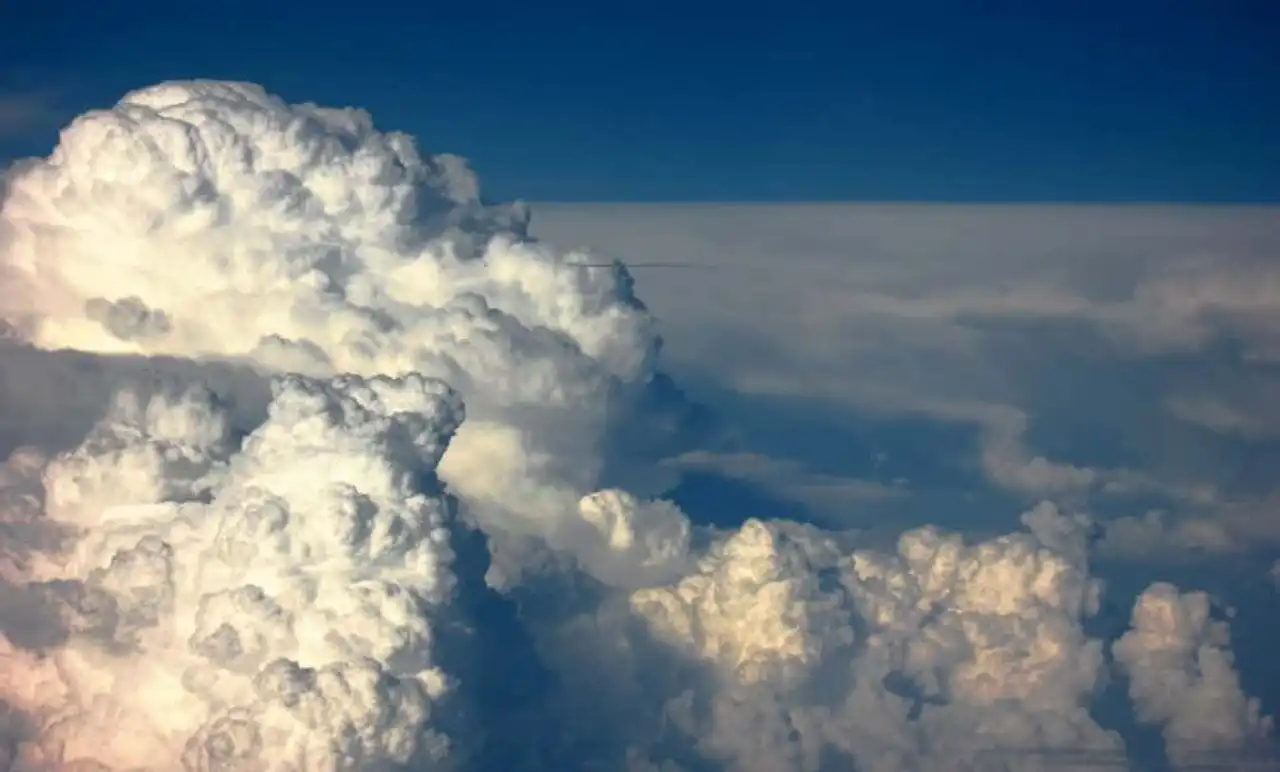
Photo credit: Wikimedia - Михал Орела
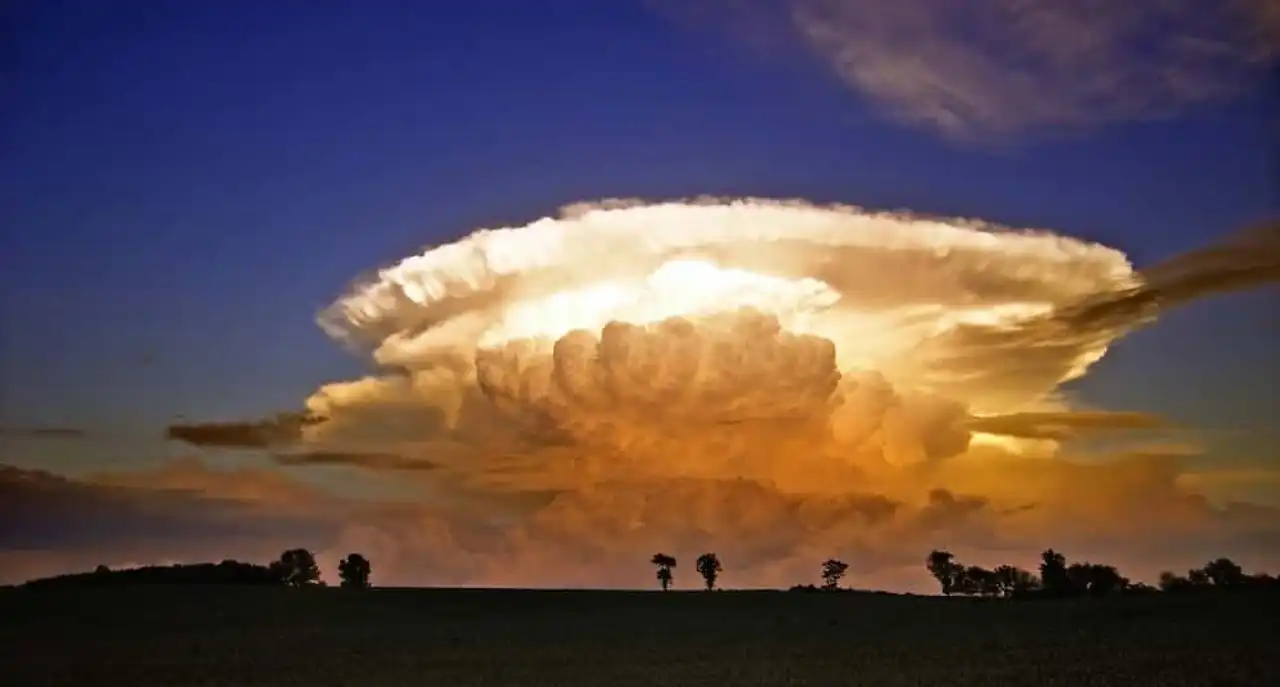
Photo credit: Flickr – Nicholas A. Tonelli
4. Naked clouds
The clouds are very rare, they form most often in winter and especially near the poles, as can be seen on the pictures. Because of their altitude, they receive sunlight, especially at dawn or dusk.
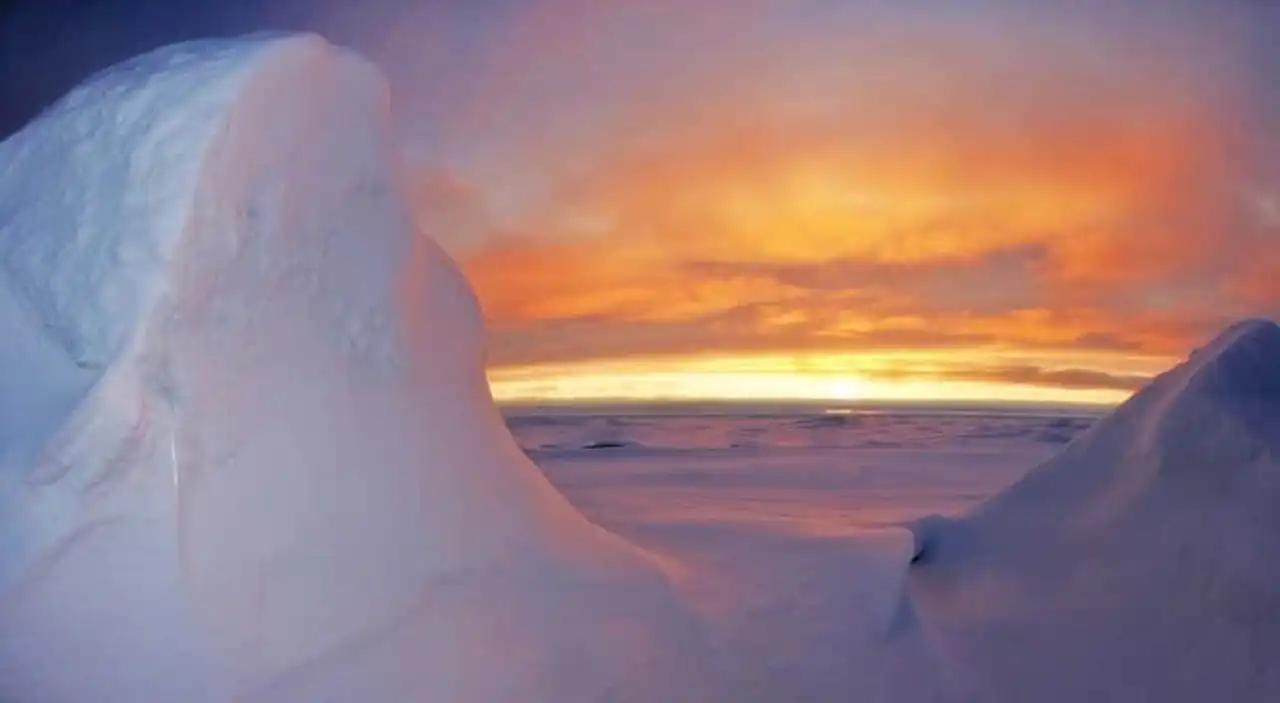
Naked clouds in the Arctic / Photo credit: Pixabay – tpsdave
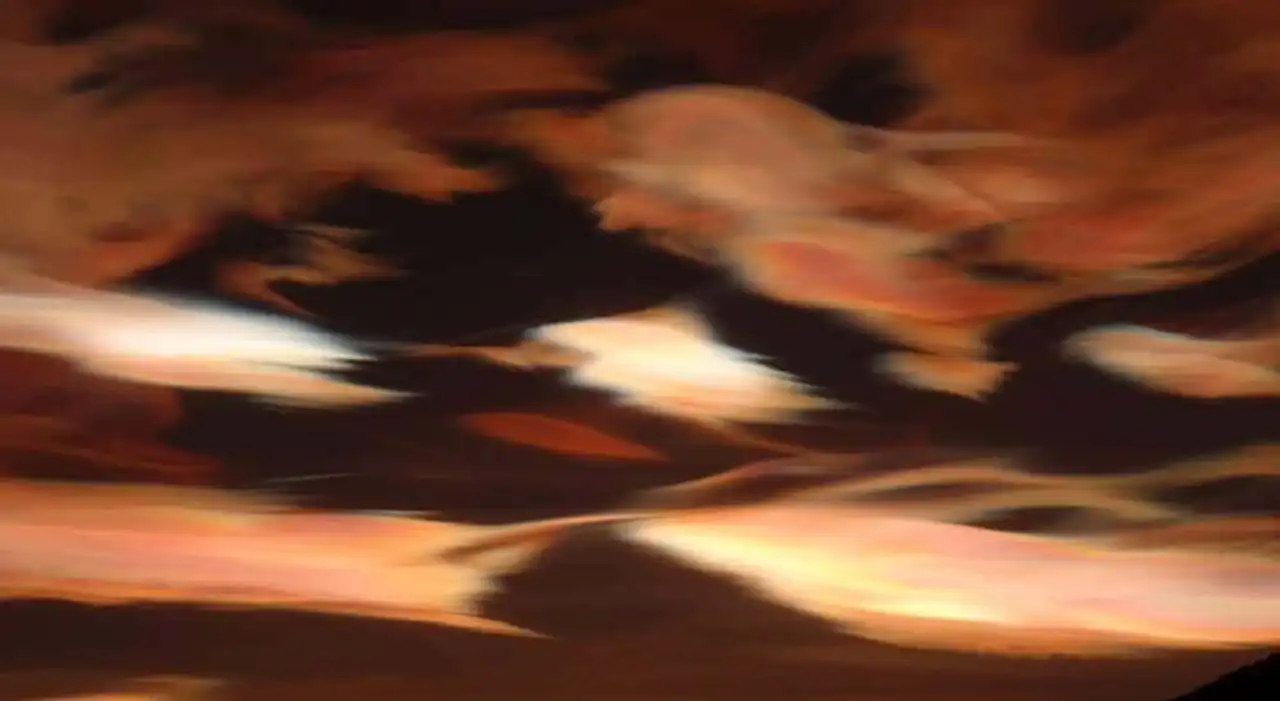
Naked clouds in Antarctica / Photo credit: Pixabay – PublicDomainPictures
5. The fog
The fog is a meteorological phenomenon consisting of droplets or crystals of ice. Its composition is identical to that of a cloud, the only difference being that they are very low and touch the ground. With the fog the visibility is difficult (lower than 1 km), we speak of fog when it is higher than that distance.
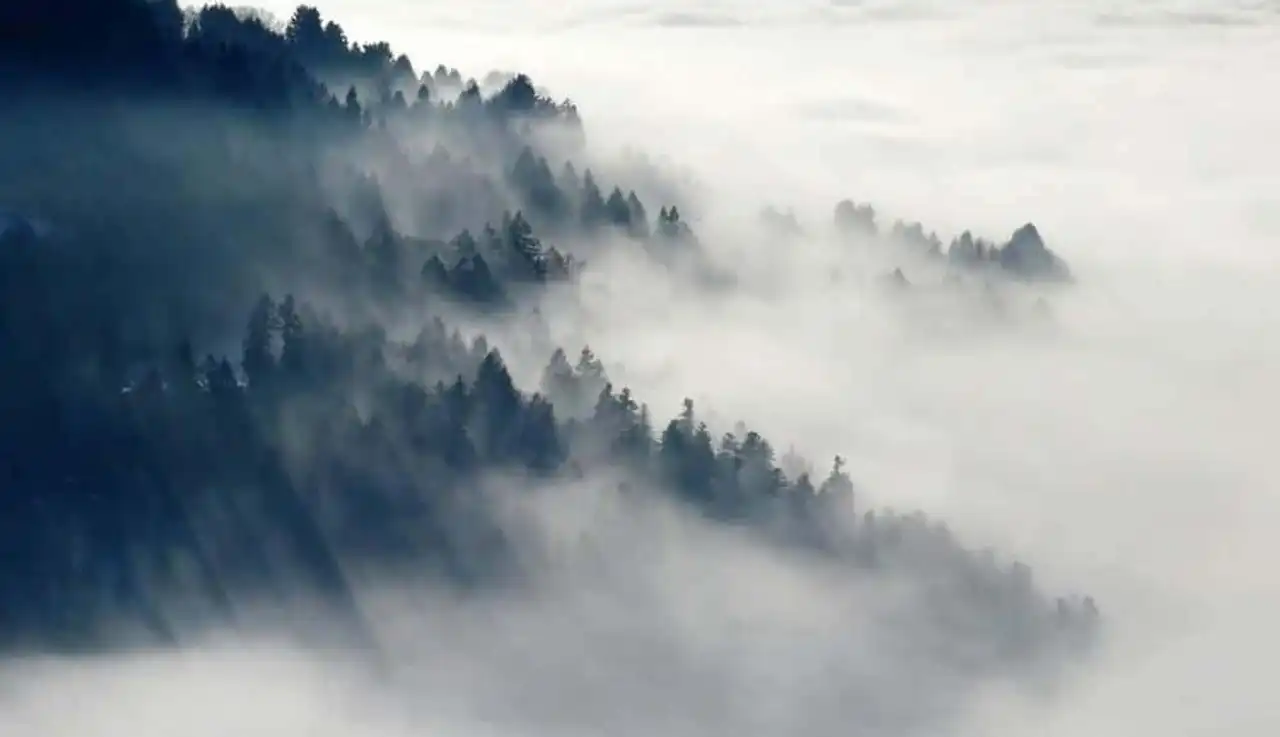
Photo credit: Pixabay – cafepampas
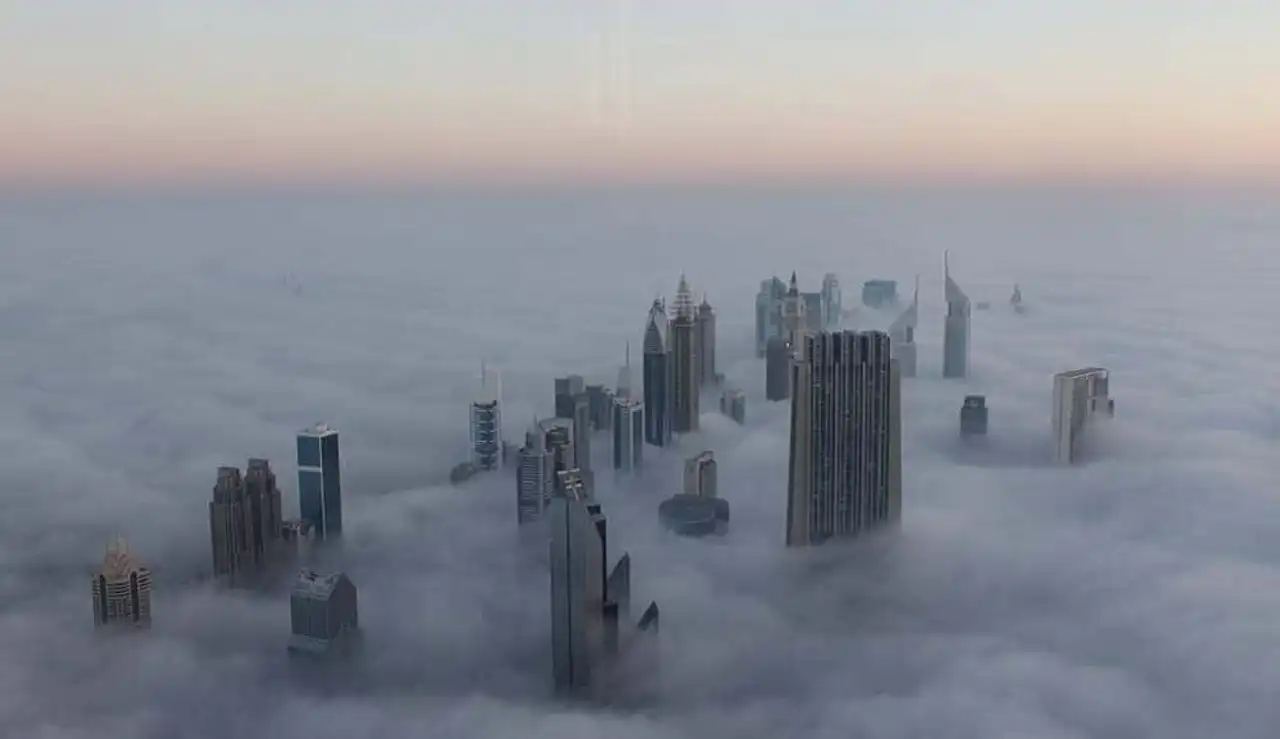
Brick in Dubai / Photo credit: Pixabay – laddhaashish20030
6. The arcus
The bows are very low and have a roll form. They sometimes appear during a storm and are therefore associated with cumulonimbus. They are located just before the rain, snow or hail line.
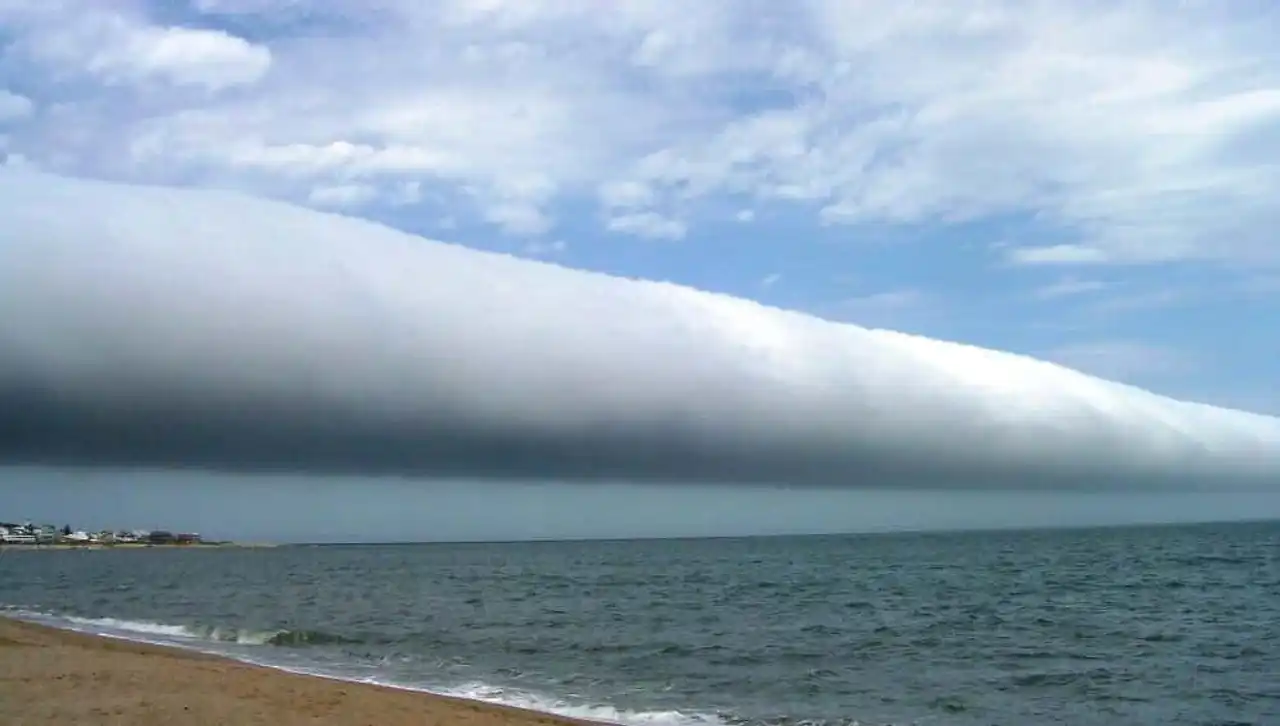
Rainbows above the beach in Uruguay / Photo credit: Wikimedia – Daniela Mirner Eberl
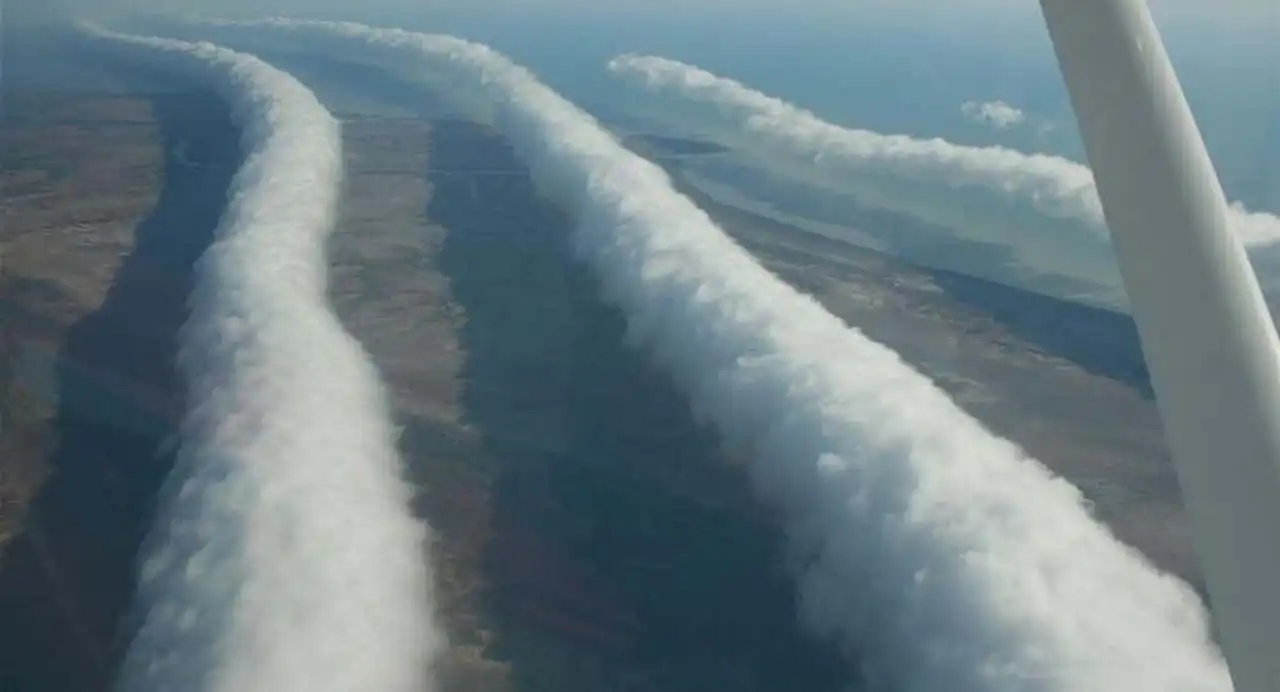
In Queensland in Australia / Photo credit: Wikimedia – Mick Petroff
7. The mamma (or mammatus)
The mammatus are circular layers that form at the base of some clouds due to a dryer area than usual. Their colors vary according to the sun: they can be like the sky, cottonish white like clouds or yellow or orange with rays.
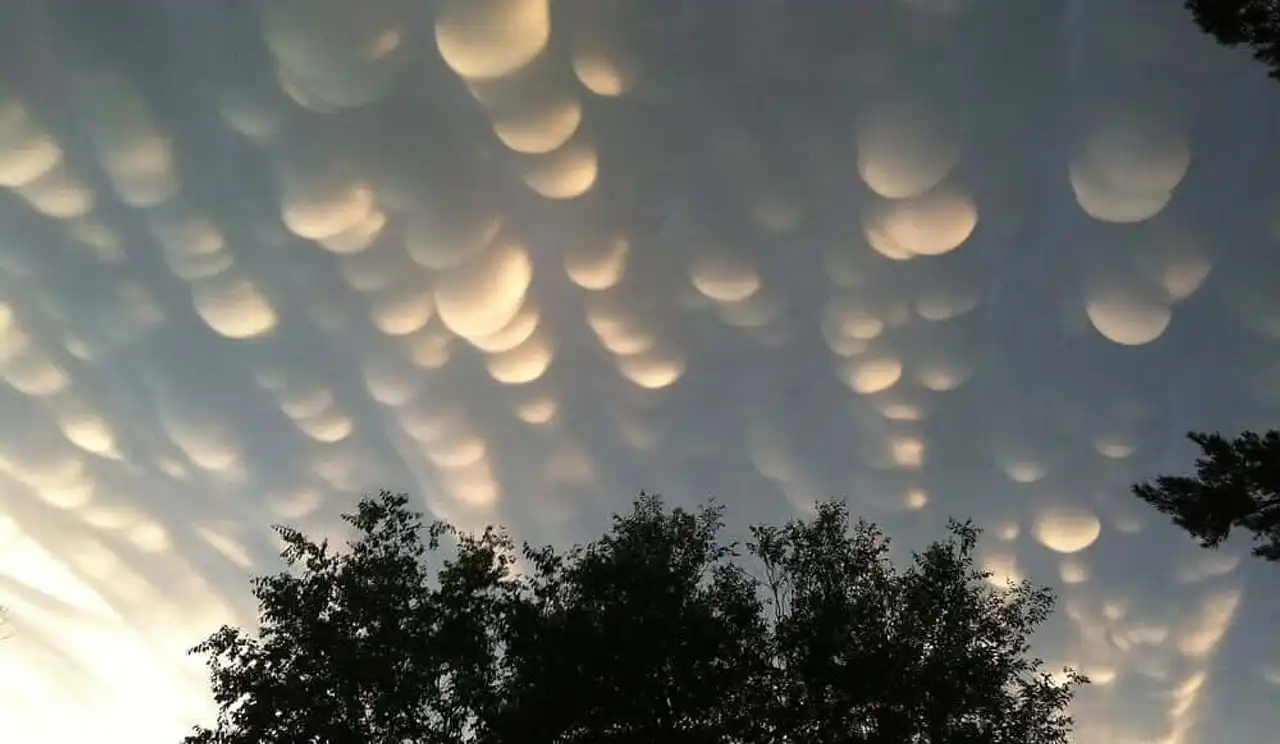
Photo credit: Wikimedia – Craig Lindsay
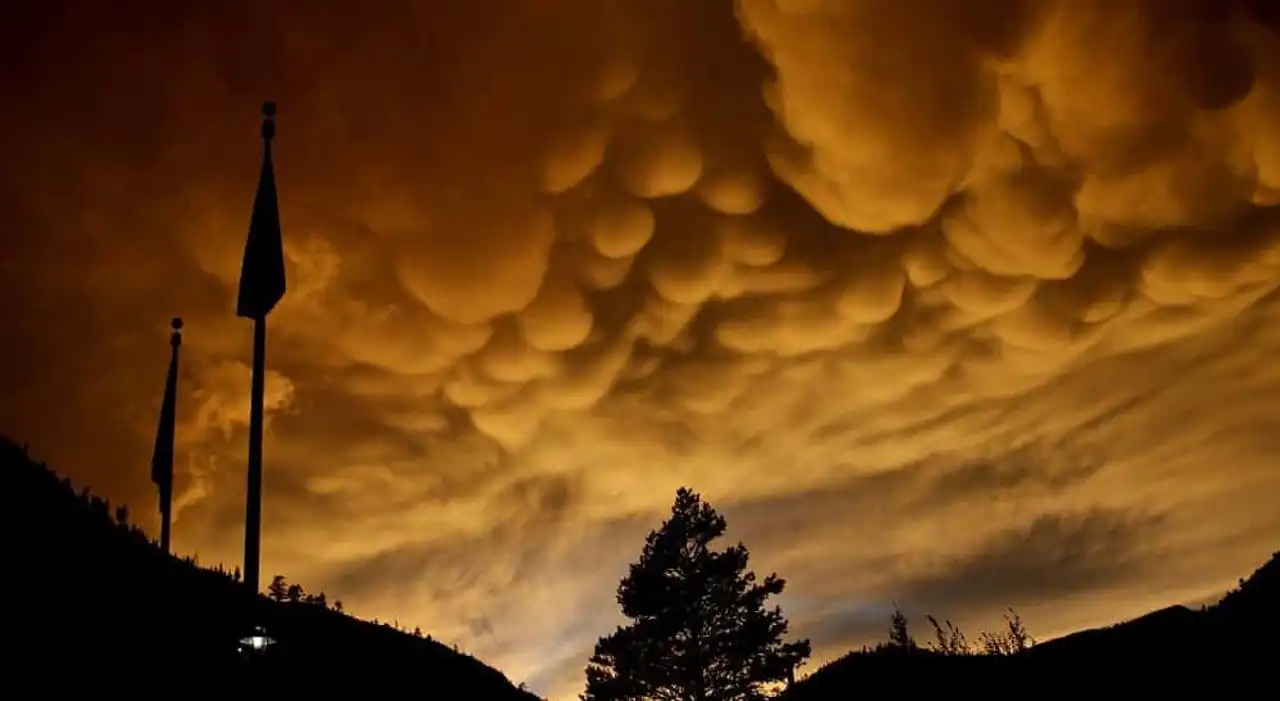
Photo credit: Wikimedia – Matt Saal
8. The punch-hole
The punch-hole cloud takes the form of a big hole in the middle of the clouds. It is produced when the temperature of the water in the clouds falls below zero degrees but has not yet frozen.
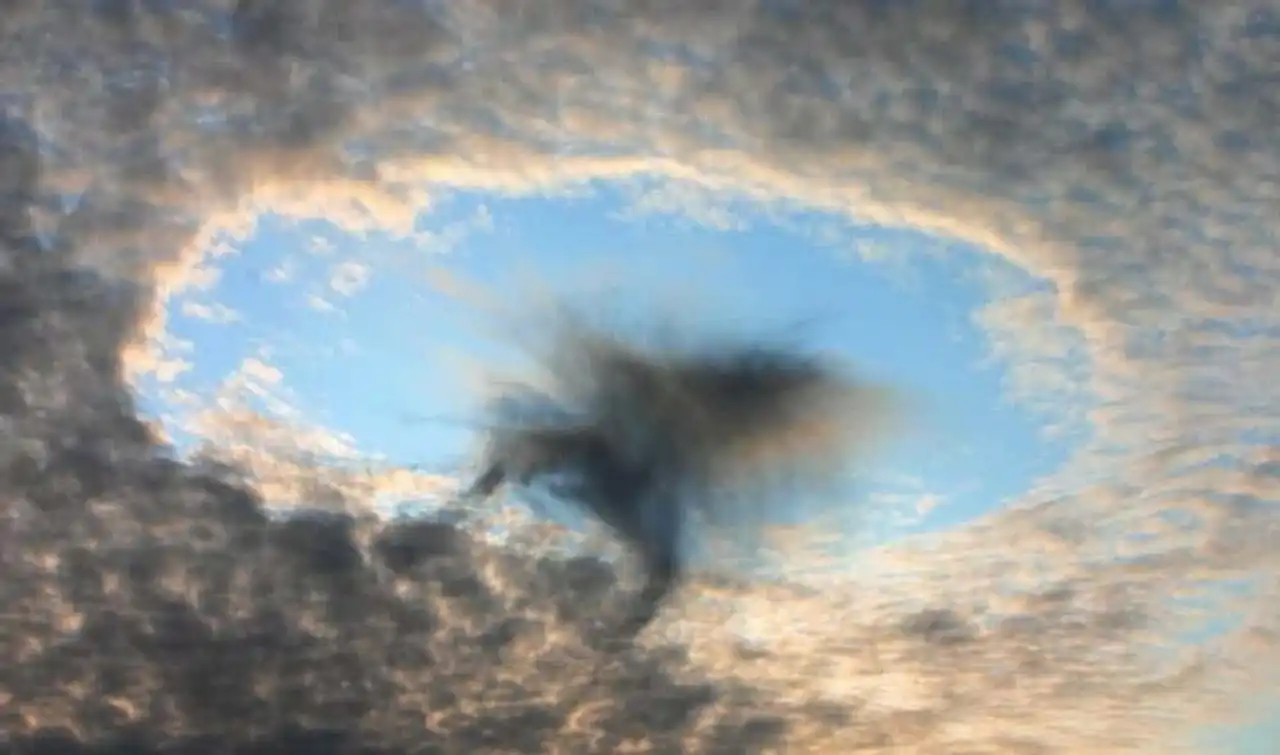
Photo credit: Wikimedia – H. Raab
9. The Kelvin-Helmholtz
The instability of Kelvin-Helmholtz is an ondulatory movement that is formed due to temperature differences. Thermal fluids not going at the same speed, clouds take the form of spectacular waves. By observing them it seems that the sky is transformed into a vast ocean.
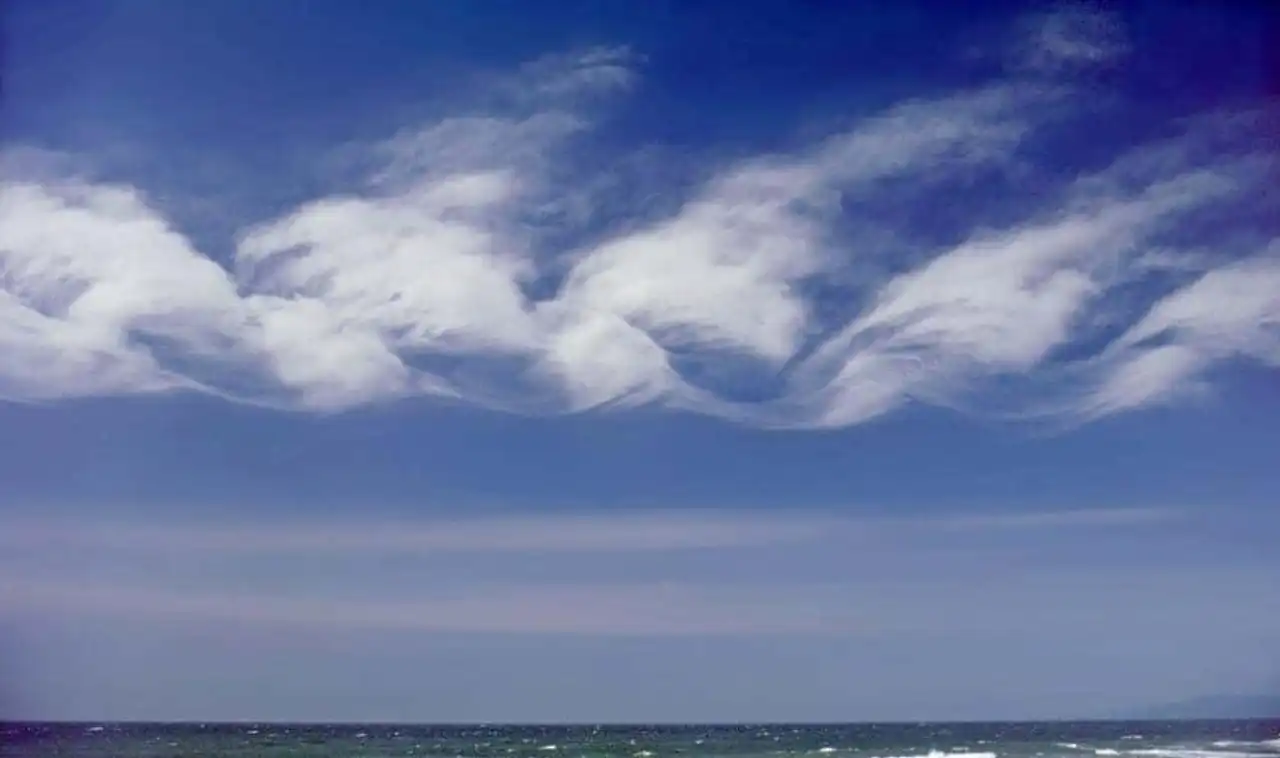
Photo credit: Wikimedia - Astronautilus
10. L’asperatus
Aperatus is a new type of cloud: its name has integrated the International Atlas of the World Meteorological Organization’s Clouds in 2009. They haven’t been studied much but look like grandma.
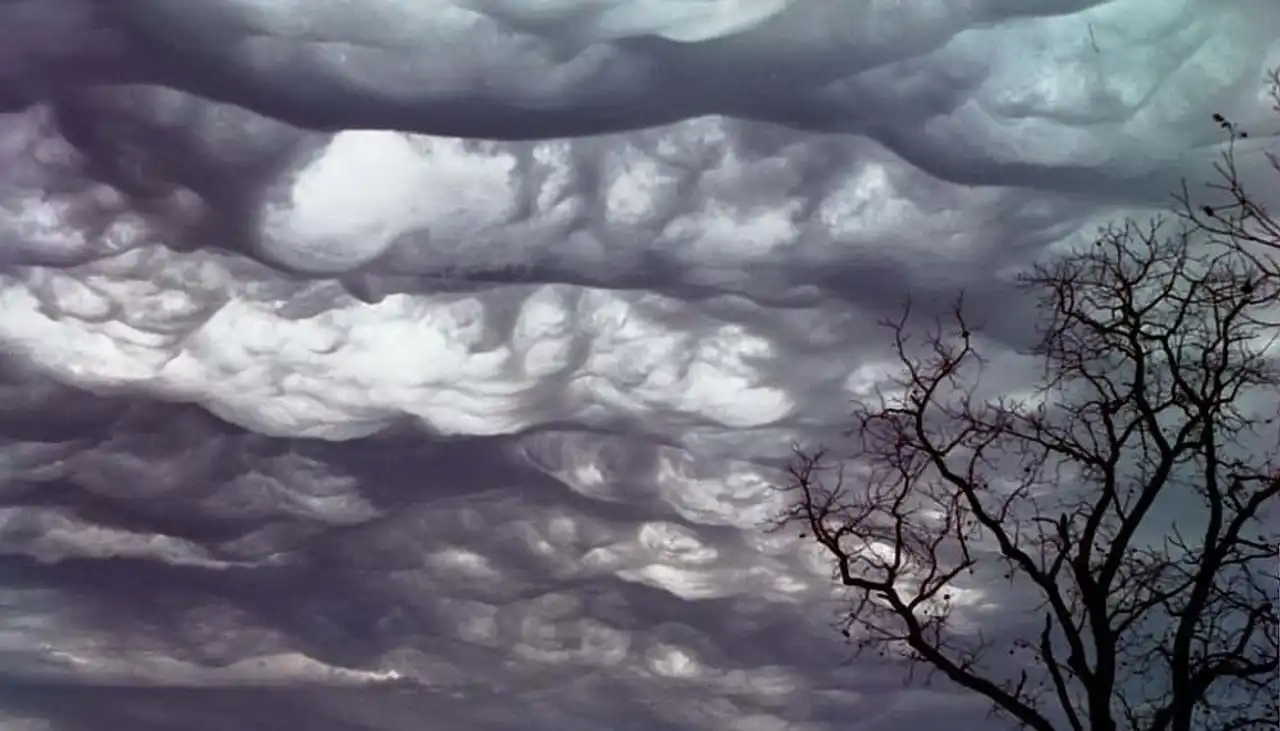
Photo credit: Wikimedia – Agathman
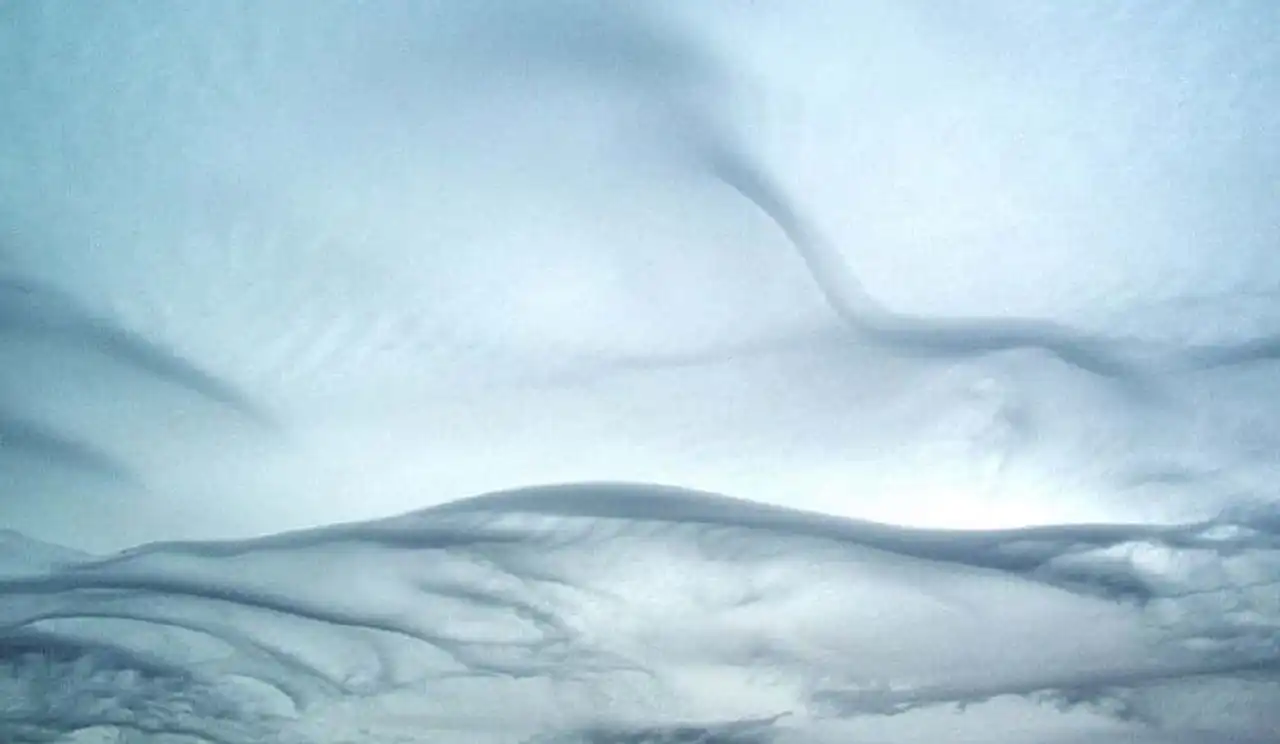
Photo credit: Wikimedia – Ave Maria Mõistlik
Main photo credit: Nicholas A. Tonelli




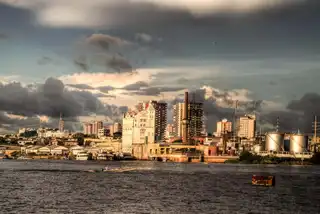


Loading comments ...